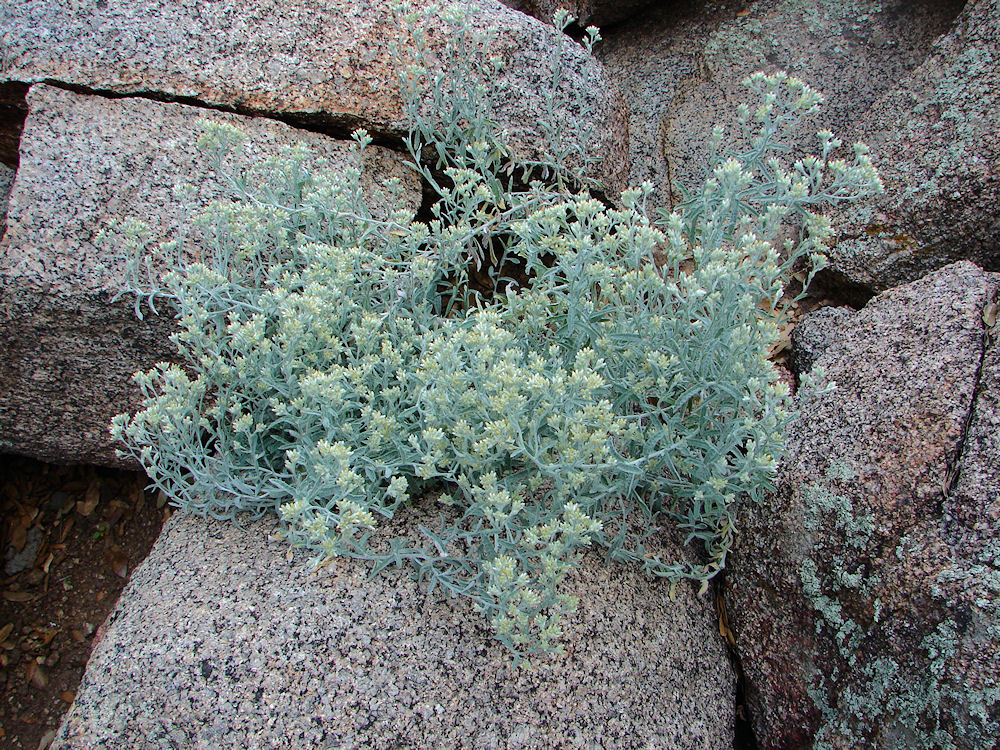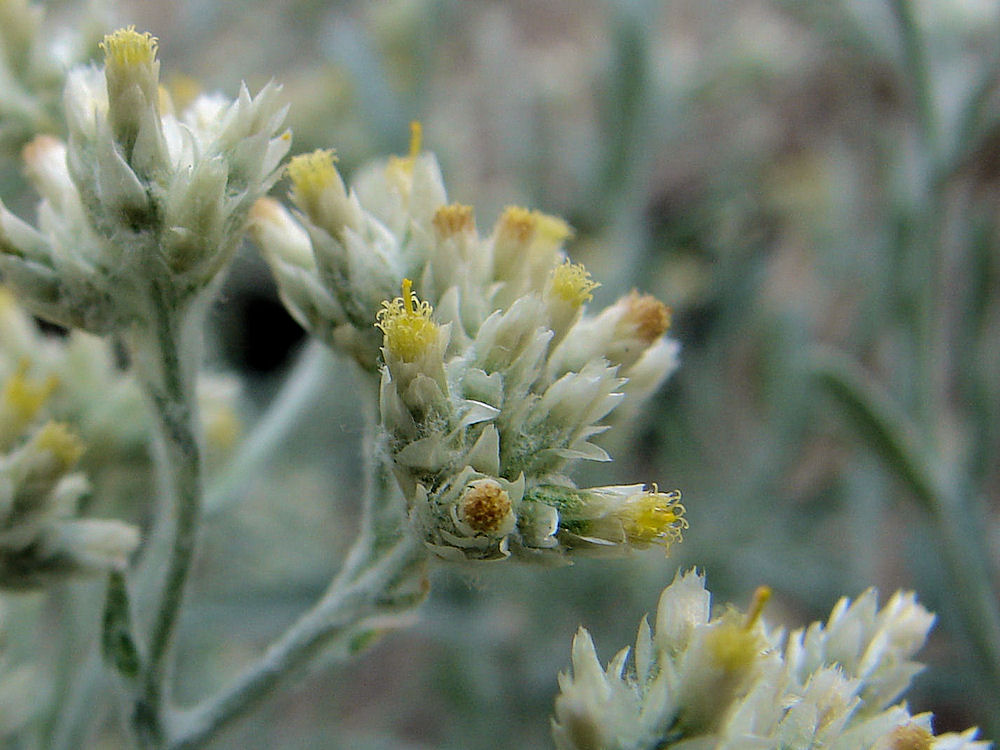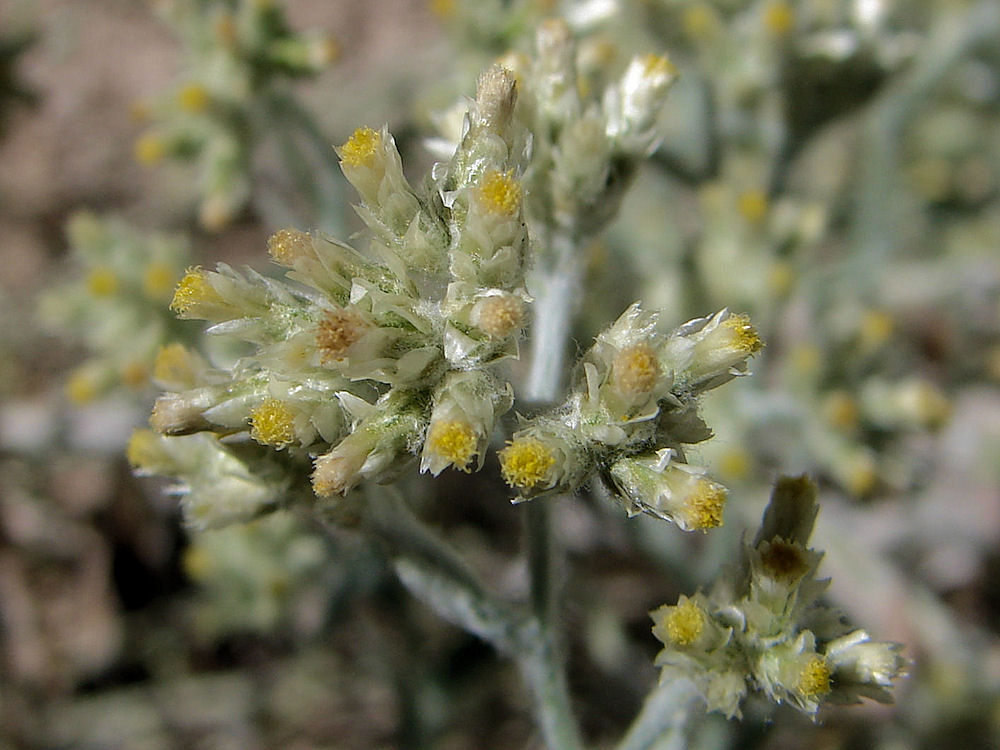Arizona Wild Flowers
Pictures, Photos, Images
Descriptions, Information, Reviews.
Arizona Cudweed, Gnaphalium arizonicum.
We Are Proud Of Our SafeSurf Rating!
Click On Any Of The Following Links By Amazon.Com
For Books, & Videos About Wildflowers Of Arizona & The Southwest USA. No Obligation!
 |
| Arizona Cudweed, Gnaphalium arizonicum. Plant Photo Taken At Yarnell, Arizona. September 18, 2009. |
|---|
 |
| Arizona Cudweed, Gnaphalium arizonicum. Leaf Photo Taken At Yarnell, Arizona. September 18, 2009. |
 |
| Arizona Cudweed, Gnaphalium arizonicum. Flowers Photo Taken At Yarnell, Arizona. September 18, 2009. |
 |
| Arizona Cudweed, Gnaphalium arizonicum. Flowers Photo Taken At Yarnell, Arizona. September 23, 2009. |
Arizona Cudweed.
We wish to thank Wikipedia, the free encyclopedia for some of the information on this page. We share images and information with Wikipedia. Gnaphalium arizonicum, or more commonly known as Arizona Cudweed, is a taprooted, annual forb/herb. Its stems are loosely and densely woolly-tomentose.
Quick Notes:
Height: 7 To 20 inches tall.
Flowers: The flower is borne singly or in terminal glomerules or corymbiform arrays. With Yellow Pistillate florets (25-) 30-49. Bisexual florets (1-) 3-6.
Flowering Time: September � October.
Leaves: Linear-oblanceolate to linear-lanceolate. 3/4 to 2 1/4 inch long. Margins weakly and narrowly revolute. Tomentose ( whitish hairs).
Found: Native to the USA (AZ, TX). Also found in Mexico in northern Sonora, & northern Chihuahua.
Hardiness:
Soil pH requirements:
Sun Exposure:
Elevation: 5,000 - 7,500 Feet.
Habitat: Open woodlands and chaparral. Agricultural land to oak and pine woodlands.
Miscellaneous: Flowering Photos Taken At Yarnell, Arizona. September 18, 2009. Good xeriscape plant for higher elevations.
|
We Are Proud Of Our SafeSurf Rating!
Click On Any Of The Following Links By Amazon.Com
For Books, & Videos About Wildflowers Of Arizona & The Southwest USA. No Obligation!
| © 1966 - Present, Audrey, Eve, & George DeLange |